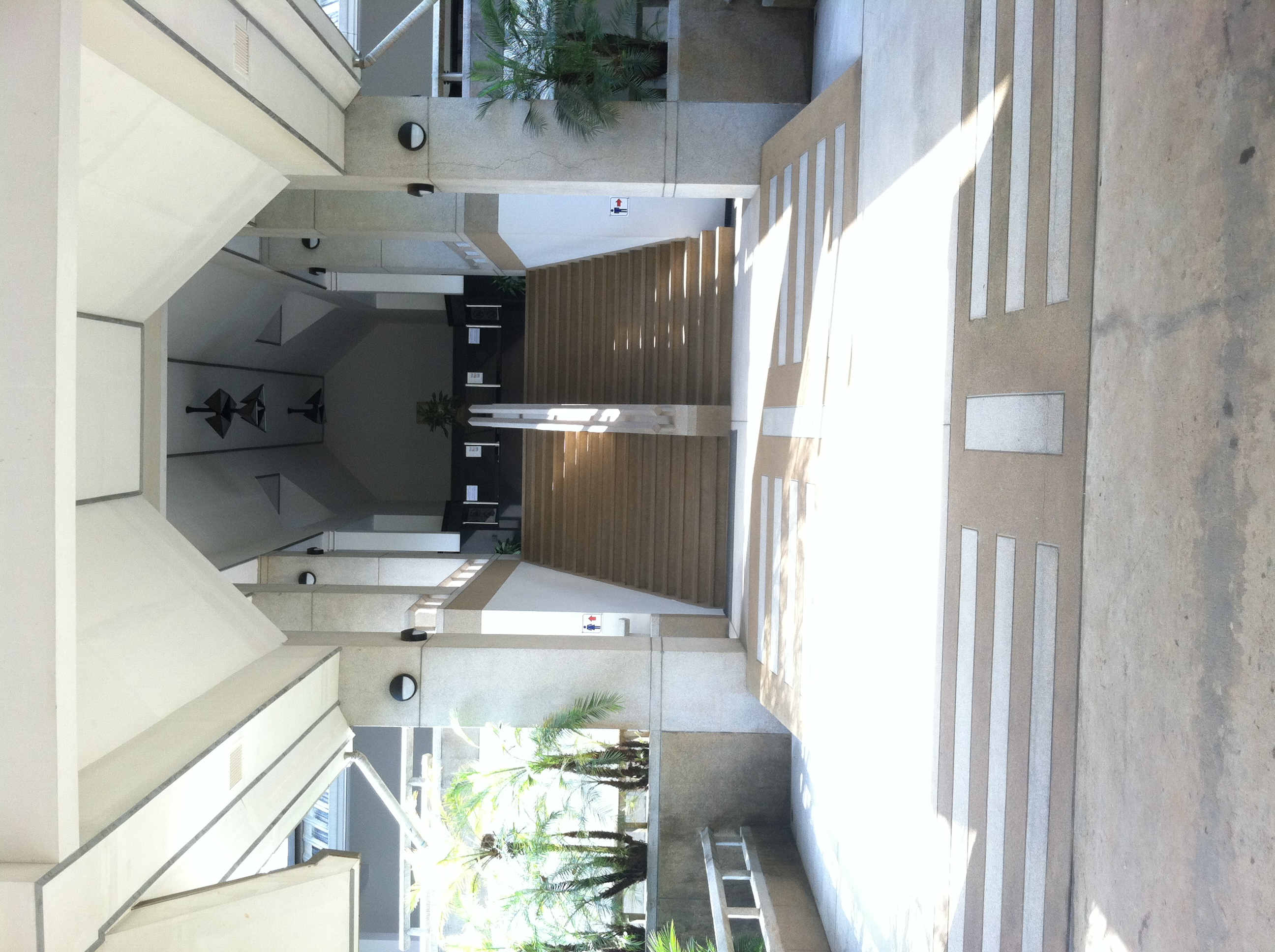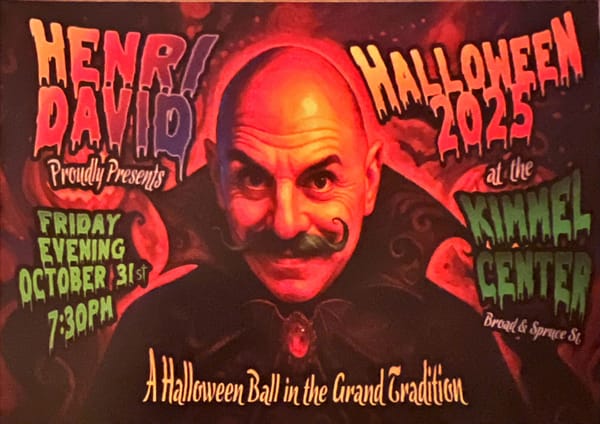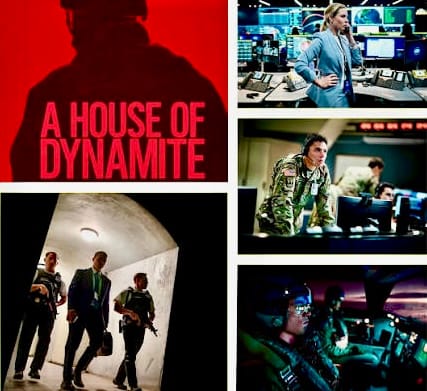Straight dope at the Hall of Opium
This is a lost column, written in 2011 before the opioid explosion, but not published until now.
"What do they sell in the gift shop?"
Tell people you are going to visit the Hall (Museum) of Opium in Chiang Rai, Thailand, and suddenly they are Jerry Seinfeld.

First things first. The gift shop sells silk paper, pottery, fabrics, cups, plates, hats, blouses, sweaters, jewelry and other souvenirs made by the indigenous people of the mountainous Golden Triangle where Thailand, Myanmar (Burma) and Laos join hands. The only drugs or drug paraphernalia found here are in the displays.
The Hall of Opium does not celebrate the crop of word-wide pain, misery, corruption and crime that is opium, and heroin, which is made from it. The Hall condemns it, while frankly admitting Thailand's former leading role in the global trafficking.
The three-story, stark white modern building opened in 2003, I am told by manager Prasert Thep-intha, who is short and dark. He is friendly, as are most Thais.
The initial impetus for the museum came in 1988 after a visit by Mother Princess, the revered mother of the revered king, who then was the longest-reigning monarch in the world. During a visit to the Golden Triangle, she condemned the drug trade, the drugs grown in her country and the economic and social harm they do. She set up a foundation to help native people grow crops that didn't addict and kill.
The Hall followed a few years later as part of an anti-drug educational campaign. With a staff of 30, the museum attracts 100,000 visitors a year, Thep-intha tells me, for a 200 baht ($6.60) admission fee. It is worth it, as the museum is well designed, using a wide variety of techniques to stimulate the mind, ear and eye.
Perhaps the most unusual aspect of the museum is at the beginning, right after you pay your 200 baht admission fee.
You enter a dark, upwardly rising, bluish tunnel, perhaps 10 feet wide, with curved walls and no explanations at all. No signage, no announcements.
At the start you can't see the end of the tunnel, but you can hear musical chimes, interspersed with cries, grunts, groans, birds.... What is going on?
Is this supposed to be creating a drug experience? It's actually kind of... restful and pleasant. Am I getting this right?
After a few yards, there's a tableau carved into the rock wall, under a dim spotlight. It turns out to be the first of many.
The carving depicts people in pain, in distress, with a swooshing sound in the background. Also sounds of rumbling,whistles, light shrieks. Less pleasant now.
A few yards up, there's a carving under a dim orange light, this time with the faces calmer.
The next tableau has twisted faces, then another tableau and another and I am beginning to wonder if this is the entire museum. It would be different, very different, but... no. There must be more. I am completely alone in the tunnel and I am beginning to get weirded out.
Then, at the apex of the tunnel, I see set in the stone floor a triangle comprised of golden lights. I enter a naturally lighted hall about the size of a basketball court, a total contrast to the dark, narrow tunnel. Deliberately so, one of the many contrasts designed into the museum.
In this hall are displays, dioramas, maps and charts that explain the drug trade, even an opium den.
In a later interview, Thep-intha tells me I got it right -- the tunnel is supposed to simulate an opium experience. I probably wouldn't have gotten the full effect had I walked through, distracted, with a companion.
I tell myself it’s the closest I will ever get to a drug high.



